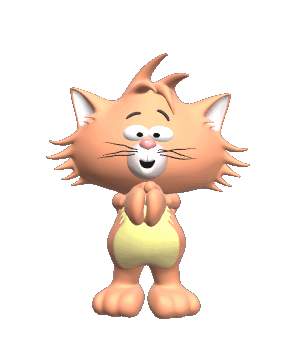
Musical Phrases
In 2nd and 3rd grade music, we are focusing on music phrases. We listened to the song Twinkle, Twinkle, Little Star and the phrases in this song. After identifying the parts of the song, the class played the song on xylophones. When playing the instrument, they were also spending time developing an ear for musical tones: how they go up and down; and by their ears determining what came next. This follows a class where we had defined and rehearsed line and space notes on a musical staff.
Train Music
For 1st grade music we have been identifying sounds and focusing on fast and slow rhythms. We sang a song called the Orange Blossom Special. We discussed paying close attention to the words within a song. This song talked about a train, which traveled from New York to Miami, so that the girl could get some sand in her shoes. The students explained that she was on her way to the beach! We talked about the sounds in the song, the rhythm, what the students knew about trains, and we moved to the beat of the song in the form of a train circling the perimeter of the classroom!

Fun with Rhythms
For Kindergarten music we have been identifying sounds in the given song and focusing on fast and slow rhythms. The students are directed to clap, move and sing to the rhythm as the tempo changes within the same song.
Letter Songs
We sing songs by the next letter of the alphabet each week. We have sung songs up to and including letter M. As we rehearse words for each letter, songs are chosen to accompany those words and more. Songs with expression and fun movements work well. One of the songs the children love is The Ants Go Marching. With this song, we rehearse words, numbers and include fun movements as we march in a line.
Miss Farrell
Tenebrios
In 9th grade lab, each student was provided with a live tenebrio, also known as a mealworm. Mealworms live for approximately one month. In nature, mealworms feed on cereal plants and stored grains. Students put obstacles, food and water near the tenebrio and observed its movements. Students also combined their tenebrios into one petri dish and recorded the movement seen. Because of the size of these worms it was important to use a magnifying glass as they took notes.
Miss Farrell
Cell Lab
What is the difference between a plant cell and an animal cell? Why can animal cells burst when they are put in distilled water and plant cells do not? These differences have to do with the structure of these two types of cells. Not only was each student able to identify this in a lab diagram, but they were given plant cells to observe under the microscope, as well as prepared slides of human blood, muscle and bone.
Miss Farrell
latitude and Longitude
Did you ever think you would need to understand and use latitude and longitude for the operation of your GPS, in your travels? Yes, latitude and longitude can be essential for that use and others. Latitude and longitude is not only needed in reading a map; defining the location of a city and explaining the movement of water – to name a few. Understanding and communicating latitude and longitude is also essential in the use of a GPS. As mentioned in class, latitude and longitude coordinates are needed when traveling to areas that a satellite cannot pick up, such as camp areas. Think of your latest trip or future trip on a plane. How catastrophic it would be for the pilot to have the wrong coordinates for his or her landing. In this lab, the students have specified the coordinates for various cities, several given points on the globe, as well as their own hometown.
Miss Farrell
Soil Lab
Which soil has the greatest permeability: fine sand; coarse sand; or soil? The permeability of three types of soils and the movement of ground water on land has been an investigation for the class. Three types of soils were presented to them: fine sand, coarse sand, and plant soil. They were given the instruction to slowly pour 50 ml of water through on the soil and calculate the time it took for the water to pass through as well as the amount of water collected from each soil type. From this experiment, each student was able to identify which soil had the greatest permeability and which had the least permeability, and was therefore able to explain the movement of ground water that we see from day to day.
Miss Farrell
The Wizard of Oz
Do you remember the Wizard of Oz? What if you could write your version of the story or an alternate ending. 5th grade was given the challenge and many things were different. From having everyone in Emerald City which is green change to blue. 5E changed the story of the Wizard of Oz to reflect different imaginations and created a world within a world.
Mrs. Emestica
Fractions
Did you know that we use fractions every day. Well 5E learned that we use fractions on a daily basis more than we think. We use fractions for cooking in measurement. We use fractions for sharing like a half of a sandwich. We also use fractions for filling our gas tank as well as telling time and of course slicing a pizza into equal pieces.
Mrs. Emestica
